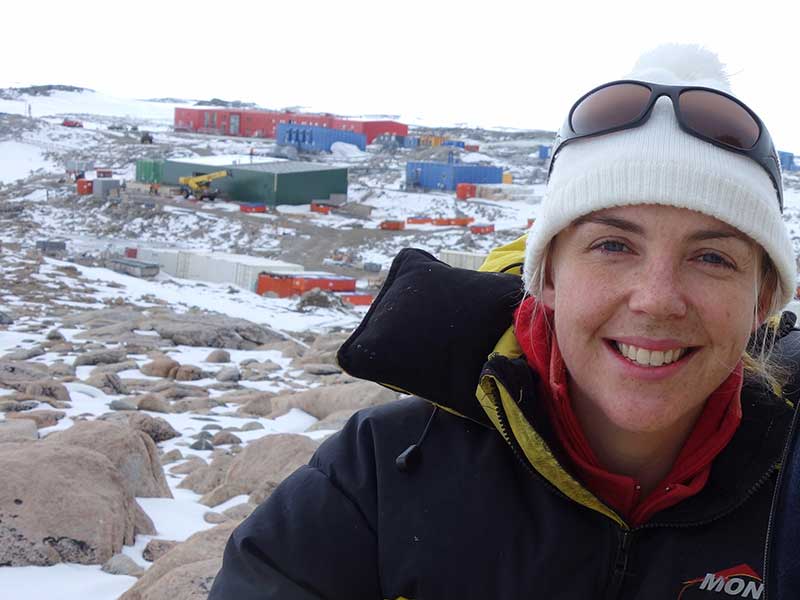Cleaning-up waste in Antarctica has always presented logistical and biological challenges, but now cost-effective technology is remediating contaminants without impacting on the environment.
Assoc Prof Kathryn Mumford from the University of Melbourne’s Department of Chemical Engineering has teamed with the Australian Antarctic Division to develop new permeable reactive barrier (PRB) technology to clean-up diesel spills in Antarctica.

Antarctic stations are diesel-powered and fuel can be spilled when moved from holding tanks. The clean-up poses a challenge because under an international protocol, remediation, while required, cannot cause greater environmental impact than leaving the contaminant alone.
Dr Mumford’s PRB technology meets this challenge. It involves filling a trench dug below the spill with tiny zeolites (volcanic rocks) and steamed coconut shell, which trap and degrade the diesel.
In other parts of the world synthetics are commonly used in trenches to break down contaminants. But in Antarctica materials must be benign.
Dr Mumford discovered that fuel-degrading nutrients can be loaded into the highly porous zeolites and coconut shells, which then release the nutrients slowly, over many years. This means the trench can be left undisturbed through a long remediation process.
“Once you dig a trench in Antarctica you don’t want to have to replace the materials every year,” she says.
“We can leave this barrier and it will work for years to remediate the entire diesel plume.”
The pioneering PRB is being used in four sites at Australia’s Casey station in Antarctica, as well as on Macquarie Island. It could be used at Antarctic stations run by other countries, and has been applied in the Arctic by BP.
“The perception has been that clean-up is too difficult or too expensive but we are showing it’s cheap, easy and effective,” Dr Mumford says.
Other PRB materials are also being investigated, targeting heavy metal contamination in soil at long-abandoned Antarctic tip sites.